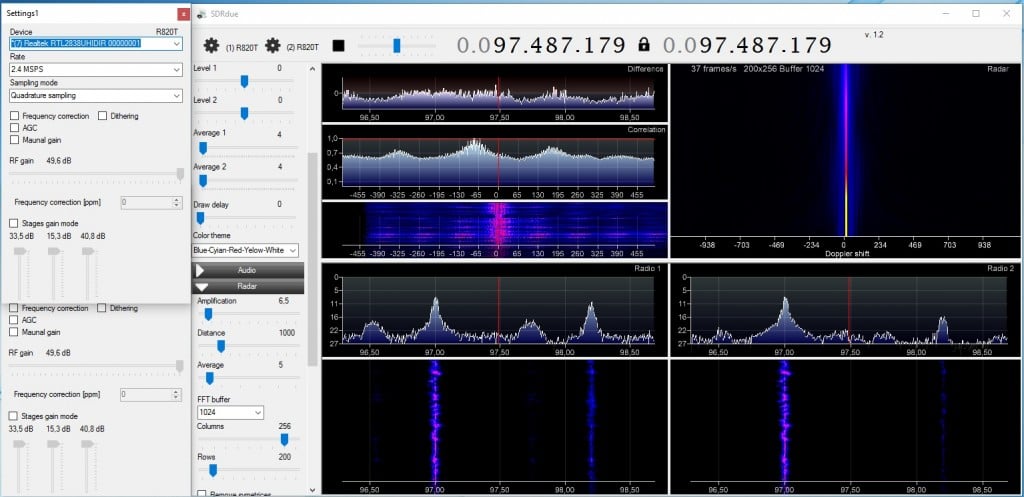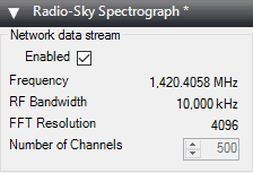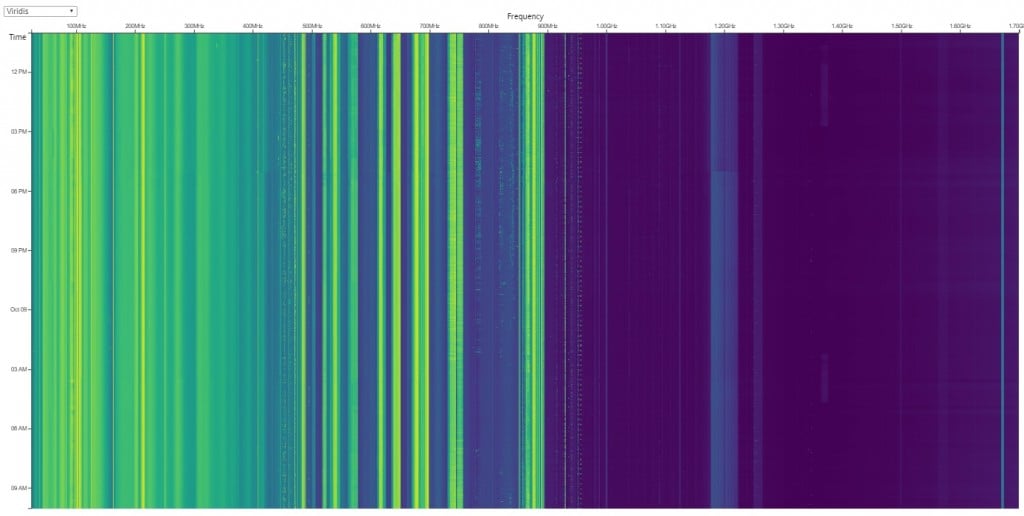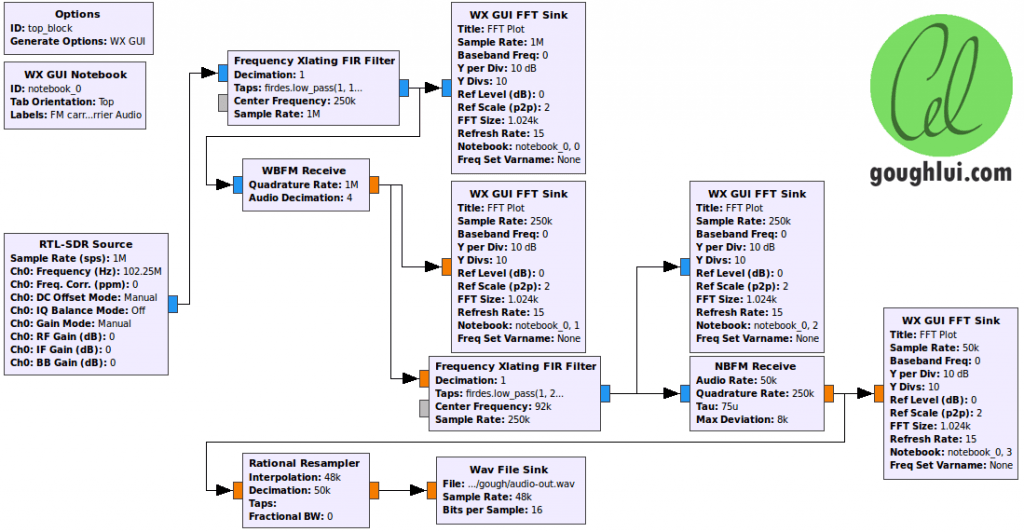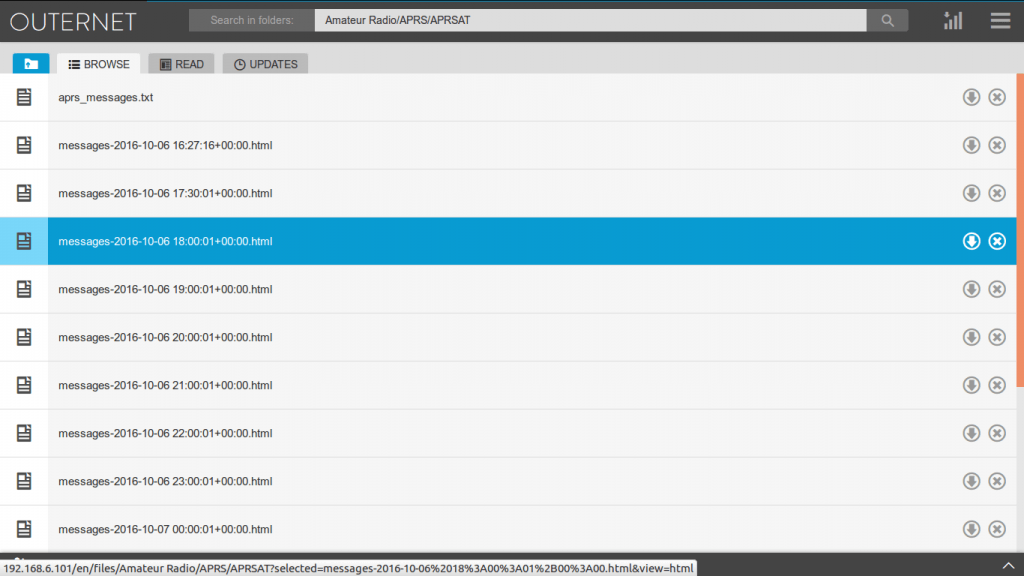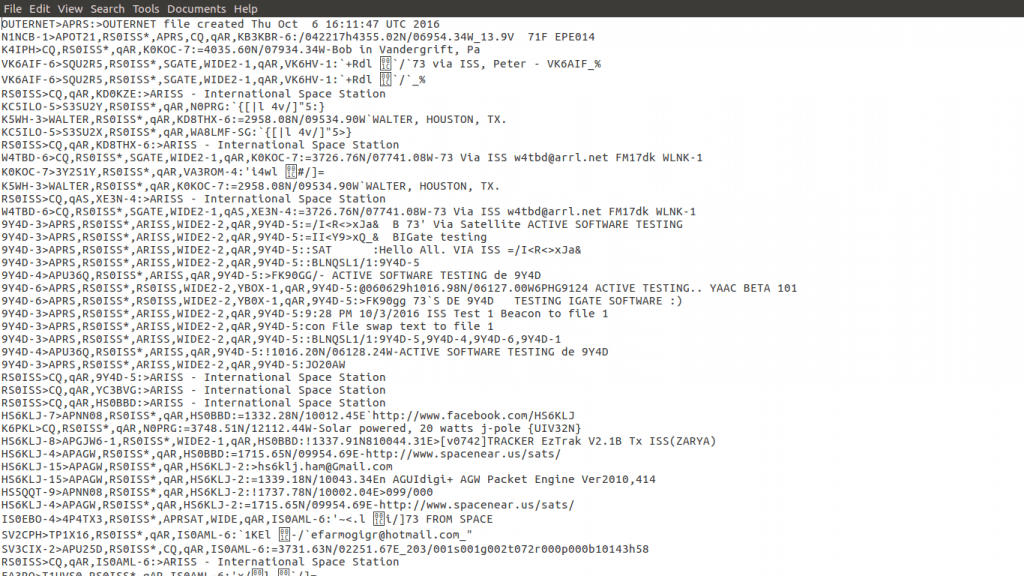SDRDue: New Software for Passive Radar with Two Coherent RTL-SDR Dongles
UPDATE March 2019: Daniel's site has gone down, but the downloads are still available here.
Dr. Daniel Michał Kamiński, author of two SDR# plugins has recently released a new passive radar program for the RTL-SDR called "SDRDue". Passive radar is a technique that makes use of signals from strong distant transmitters. The idea is that these signals can be reflected off the fuselage of aircraft or other flying objects, and the reflection can be observed by a passive radar receiver. By correlating data from two receivers and two antennas, more accurate positional data can be obtained.
For passive radar to work properly the receivers should be coherent, meaning that they run from the same clock and have synchronized samples. The RTL-SDR can be made coherent by connecting two dongles to a single clock source.
The software runs on multi-threaded C# code, and uses Microsoft XNA 4.0 for the graphical operations. It also supports GPU parallel calculations if you have OpenCL and an AMD graphics card.
Please note that we attempted to run the program, but it would not even open on our PC. We've contacted the author to ask if there is any known problems. If anyone gets it running please report back in the comments section of this post. EDIT: Daniel has updated the software and it appears to be functioning normally now. You will need to install it into a SDR# folder, and run SDR# first with both dongles before the software will recognise the dongles in SDRDue. We also had better luck with using the rtlsdr.dll_ file, rather than the default rtlsdr.dll file. Just delete the original rtlsdr.dll and rename rtlsdr.dll_ to rtlsdr.dll.
For more information on passive radar we recommend looking at this previous post where we showed the work of Juha Vierinen who used RTL-SDR's to build a passive radar.
